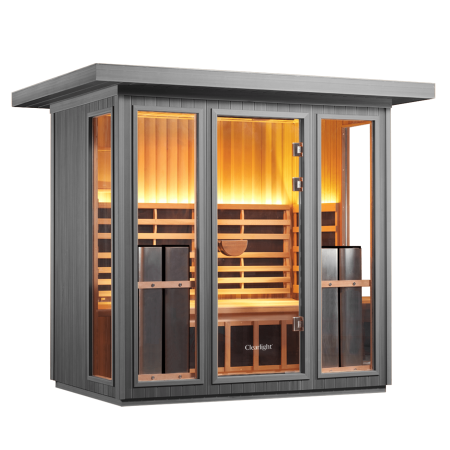The study conducted by Ju Hee Lee and colleagues explored the effects of infrared radiation on skin health, specifically its impact on collagen and elastin production in dermal fibroblasts, as well as its clinical benefits for photo-aged facial skin. The researchers exposed dermal fibroblasts to infrared radiation for different durations and found that both collagen and elastin content increased as a result of the treatment. This increase was proportional to the duration of exposure, suggesting that infrared radiation stimulates fibroblasts to produce more of these essential proteins. To further investigate the potential cosmetic benefits, the study also involved 20 patients with mild to moderate facial wrinkles and hyperpigmented lesions, who received daily infrared treatments for six months. Clinical evaluations indicated improvements in skin texture, roughness, and skin laxity, though no significant changes were observed in hyperpigmented lesions.
These findings suggest that infrared radiation may offer notable benefits for skin health, particularly for improving skin texture and reducing wrinkles, by stimulating collagen and elastin production. This treatment, often used in infrared saunas, provides a non-invasive, non-ablative method for skin remodeling, making it a safe and effective option for individuals seeking to improve photo-aged skin. Although the treatment showed promise for enhancing skin smoothness and firmness, it was less effective for addressing pigmentation issues. Overall, the study supports the potential of infrared radiation as a therapeutic approach for enhancing skin health, particularly in the context of aging and sun damage, with implications for both cosmetic and wellness treatments.





